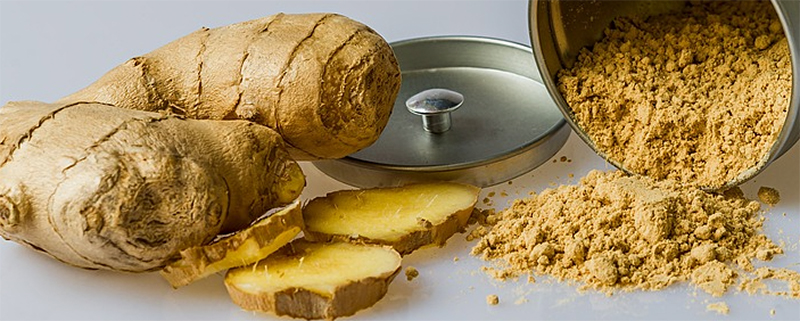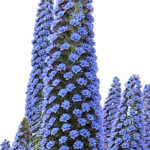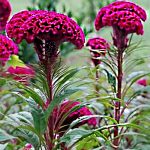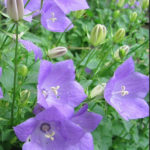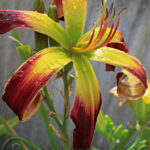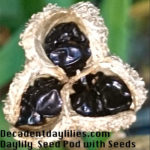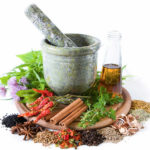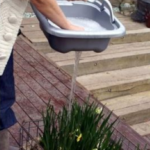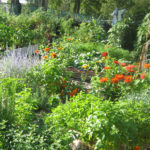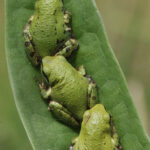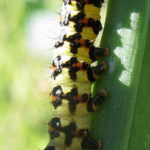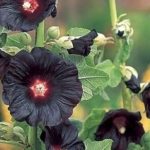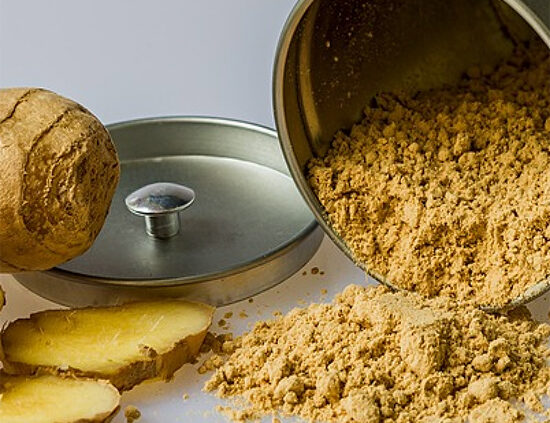
How to Grow Healthy Edible Fresh Ginger Plant at Home
How to Grow Edible Ginger Zingiber Officinale in Australia
About Edible Ginger Plant
Ginger (Zingiber officinale) is the edible root vegetable a popular flowering tender herbaceous perennial plant known for its edible underground rhizomes used as a spice or folk medicine for thousands of years. The plant generates yearly pseudostems, also known as false stems, which measure approximately one metre in height in its mature state that feature slender leaf blades. The floral clusters, originating directly from the rhizome on multiple stems, comprise of flowers exhibiting pale yellow petals with purple margins. Ginger is in the family Zingiberaceae, which also includes turmeric (Curcuma longa), cardamom (Elettaria cardamomum), and galangal. According to the latest figures, the total amount of ginger produced around the world was 2.8 million tonnes. India was the biggest producer, making a good 30% of that total amount which doesn’t surprise me.
This plant thrives in warm, humid environments with well-draining soil, where it is usually grown mostly in tropical and subtropical regions of Australia. Frost may cause harm to ginger plants and diminish their overall yield unless planted at a warmer time of year. Ginger is susceptible to cold temperatures.
Health Benefits of Ginger
Ginger is linked to a variety of health advantages. It is widely known for its digestive, anti-inflammatory, and antioxidant qualities. Ginger has been used since centuries ago for its ability to both prevent and treat nausea as well as car or sea sickness. Additionally, it might help with blood sugar control, cardiovascular health improvement, and some relief of muscle pain. If you feel like cooking with ginger try baking some ginger nut biscuits, or gingerbread or use it to flavour curries.
How to Plant a Ginger Rhizome Outdoors
The best soil for ginger cultivation is enriched with a few handfuls of well-rotted chicken manure mixed with your soil placed under the rhizome. Rich, loose soil can be the key to successful ginger growth. Enhance soil quality and reduce weed growth while retaining moisture by mulching with my favourite mulch lucerne hay or lucerne straw, compost or coarse sand, these provide essential nutrients for your ginger plants.
- Pick a spot that gets some filtered sun but mostly shade and has soil that drains properly.
- In order to promote drainage and fertility in the soil, prepare the soil by using compost or other organic materials.
- Plant roughly 20cm apart and 2 to 4cm deep covering over the ginger rhizomes with eyes facing up.
- Carefully maintain continuous dampness to the soil environment for your freshly planted ginger.
How to Grow Ginger in Mediterranean and Frosty Climates
If you live in a Mediterranean climate or experience cold freezing winters like me, ginger rhizomes are best planted in small pots indoors with bottom heat to get them started then transfer them out into the garden when the nights are more than 10C. This way, the plant will sprout, multiply and blossom during the summer months and die back by the end of autumn when the leaves go yellow. This is the time to lift the rhizomes from the ground and prepare to store them.
The ginger rhizomes can also be grown in extra large pots which gives them more room to spread.
Water your ginger plants often to achieve optimal growth by routinely watering them to maintain consistent soil moisture. Prevent root rot by growing ginger rhizomes in raised beds higher than your footpath this will avoid waterlogged soil. Frequent moisture testing of the soil can help you fine-tune your watering arrangement.
Ginger also grows happily in an aquaponic garden grow bed by following the flood and drain method and using clay balls or clay pebbles. Ginger and Turmeric can be grown exactly the same way.
How to Protect Ginger from Frost and Extreme Weather Conditions
Follow these steps to keep frost and other harsh weather away from your ginger plants:
- If you have to bring your ginger inside during the winter, it is recommended to grow it in containers in the first place.
If you didn’t plant them in containers, it is best to
- Cover your plants with a frost cloth or horticultural garden fleece, this is a plant blanket specifically designed to protect plants from frost and harsh weather conditions.
Propagating Ginger from Underground Rhizomes or Root Stem Cuttings
Propagate ginger from cuttings by choosing a robust rhizome with multiple growth buds or eyes and correctly cut rhizomes for propagation. Cut sections that are 5 to 7cm in length and ensure each piece has at least one growing bud. For optimal results, it is recommended to allow cuttings to dry for a day or two before replanting.
Harvesting Ginger Root
Ginger root usually takes at least 8 months to mature. Dig around the plant’s base with a garden fork and carefully lift the shallow rhizomes up to harvest them. Trim the plant’s foliage and roots and wash it before use. Use a portion of the harvested rhizome for replanting in the next growing season.
How to Store Ginger Root
Peeled fresh ginger roots can be stored fresh in an airtight container by wrapping them in paper towels and placing them in a sealed plastic bag. Store them in the fridge for no more than three weeks. Use a microplane to grate the whole ginger divide it into ice cube sizes and freeze it in airtight containers or freezer bags for long time storage. Make your own organic ginger powder by using a grinding mill after the dehydration of ginger root.
Can I Grow Ginger Bought from the Supermarket?
I would be surprised if ginger would grow as I have never seen the eyes on the ginger roots in the supermarket but it’s worth a try. Use only crisp, fresh ginger that doesn’t show any symptoms of mould or deterioration. Rhizomes with obvious buds or eyes are ones that, when planted, will produce new growth.
Will Ginger Grow Indoors or In A Greenhouse Successfully
For successful indoor growth, ginger requires you to mimic the plants outdoor climate which may be challenging. Ginger plants can thrive in a shade house environment. At least this way the plants are protected from the sun’s rays and other abrasive weather, while simultaneously receiving the necessary humidity and temperature levels outdoors.
In conclusion, raising a ginger plant is fun and rewarding, especially for novice gardeners. This detailed guide will help you cultivate a ginger plant hopefully without diseases and enjoy its health and cookery benefits. Be patient, consistent, and enjoy watching your plant grow. With a little care, you can grow a healthy ginger plant in your home garden. Happy Growing!

